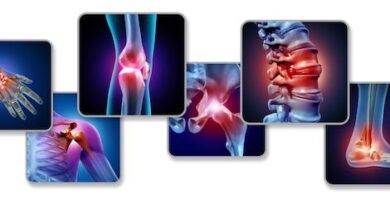Sitting Posture Problems
Posture is not just contained to the way you stand, but the way we sit also has implications for our posture and thus, the back.
There are various problems associated with a poor posture. It can put stress on some muscles, which can lead to pain in the back. This can also cause the misalignment in the muscles of the back as well.
Moreover, poor posture also decreases your flexibility and range of motion. Furthermore, it also causes pain in the neck and the shoulder. Poor posture also leads to spine issues, that can lead to injuries as well, meriting then intervention of the Best Physiotherapist in Lahore.
Furthermore, a bad posture also can cause balance problems. It also impacts your joint and the subsequent movement as well.
Since your upper body performs important tasks like breathing and digestion, if there are problems with the back and the way you orient it, this can then lead to issues with breathing and digestion issues like constipation.
The sitting posture problems
While you may be still conscious about the way you stand, most of us spend the chunk of our day sitting. And much like all flawed human beings, most of us are not cognizant of the issues with our posture when sitting.
Known as static posture, sitting also needs to be done within certain parameters to not impose on the back. Even if you are sitting down, your back is still supporting your body, and holding it up.
When you slouch, or not position your legs improperly during sitting, you then endanger the health of the spine. It can also lead to back problems and backache as well.
Signs that your posture is not good
You might not know that your posture is not good, so it’s important that you honestly check against the following signs to determine if your posture is up to the mark or not!
Dangling feet: If your feet are not touching the ground or a stool and are left hanging, then it has impact on your overall spinal health.
Jutting chin: One sign that your posture is not correct is that you chin is jutting or poking out.
Misaligned knees: If your knees are above your hips, or below your hips, you have postural problems.
Slouching: As slouching adds curve to the spine, causing a hunch which also misplaces the shoulders as well.
Static position: Not changing the position for too long is also a sign of poor static posture.
Straining neck: If your neck is stretched out, or strained in any way, it can lead to poor posture as well.
Tilted head: If your head leans to one side, then that is a postural problem as well.
Unsupported back: Your back needs support while sitting. At times, it may be that your back is not supported entirely, or the lower back is left without support.
Weight spread on one side: If you sit with your most of your weight focused on one side one, that’s another sign that you have postural positions.
Improving posture when sitting
Now that you have identified your postural problems, you then need to work on remedying them. Some things to focus on include:
Placement of neck and chin: Your neck should be straight; it should not lean in any direction. Moreover, tuck your chin in as well.
Placement of feet: Your feet should be firmly planted on the ground. If they are short, then at least use a stool so that your back has support. Don’t sit with your legs crossed.
Placement of shoulders: Your shoulders should be relaxed, not hunched. They should ideally be resting against the back of your chair.
Placement of the legs: Make sure that your thighs are aligned with your hips. Knees should be folded at a 90-degree angle.
If despite this you are having postural problems, visit an expert at National Hospital & Medical Centre.
Moreover, poor posture also decreases your flexibility and range of motion. Furthermore, it also causes pain in the neck and the shoulder. Poor posture also leads to spine issues, that can lead to injuries as well, meriting then intervention of the Best Physiotherapist in Lahore.



